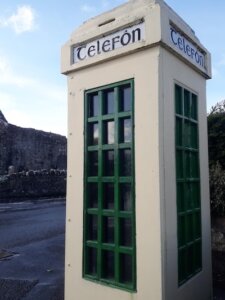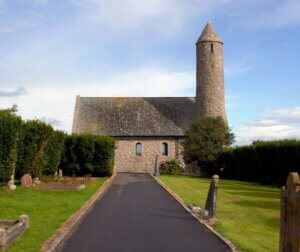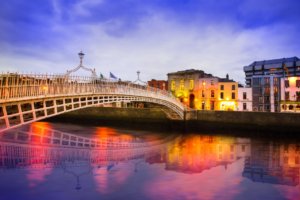The 176th anniversary of Frederick Douglass’s visit to Ireland was celebrated in 2021 by organizers of a special weeklong event hosted by University College Cork and now The Consulate General of Ireland in New York and the African American Irish Diaspora Network in Ireland have launched the Frederick Douglass Way, a map that shows the key places in Dublin that Douglass visited between 1845 and 1846.
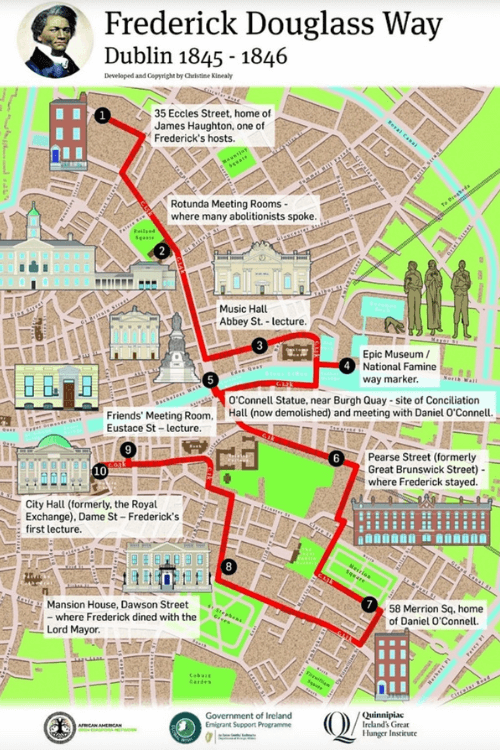 This post and page contain affiliate links and I may earn compensation when you click on the links at no additional cost to you.
This post and page contain affiliate links and I may earn compensation when you click on the links at no additional cost to you.
The charismatic African American abolitionist sailed from the United States in 1845, at the height of the Great Famine in Ireland, with the intention of landing in the country for a four-month lecture tour.
Douglass also visited England during this time.
Douglass spoke before large crowds in Belfast, Cork, Dublin, Limerick, Waterford, and Wexford, even meeting with Daniel O’Connell, also a great speaker and known in Ireland as the “Great Liberator.”
Douglass also visited the Giant’s Causeway in Co. Antrim.
The Frederick Douglass Way Map
The map, which was created by Christine Kinealy, founder of Ireland's Great Hunger Institute at Quinnipiac University in Connecticut.
By clicking on the Amazon link below, I may earn a small commission from the Amazon Associates Program. However, you will not incur any additional costs by doing so.
Kinealy is also the author of the new book, “Black Abolitionists in Ireland.”
She created the Frederick Douglass Way to enable Dublin residents and tourists to follow in the footsteps of Douglass.
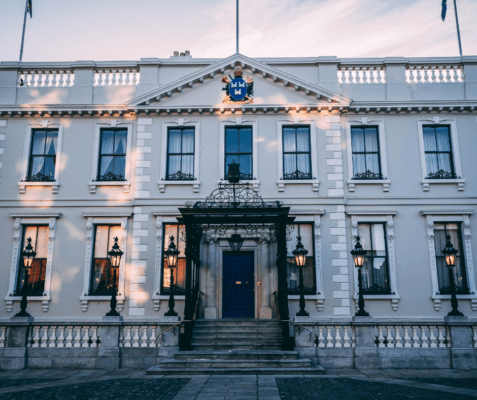
Some of the 10 locations include O'Connell's home on Merrion Square, the Mansion House, home of the lord mayor of Dublin where Douglass was invited to dine, and The EPIC Emigration Museum, formerly a warehouse for ship cargo, which historians believe could have been one of the first buildings in Dublin that Douglass saw when he arrived there from Liverpool.
Read More: Dublin's Free Museums and Galleries
The Story of Frederick Douglass
Douglass was born into slavery on the eastern shore of the Chesapeake Bay in Maryland. Unsure of his birth date, Douglass said he later chose Feb. 14th as his birthday since his mother often called him her “Little Valentine.”
While Douglass was born into slavery, he eventually managed to escape bondage on a plantation in Maryland, fleeing to the North where he emerged as a prominent anti-slavery activist.
Most historians agree that Douglass was half White. The infant was separated from his mother almost immediately and raised by his maternal grandmother.
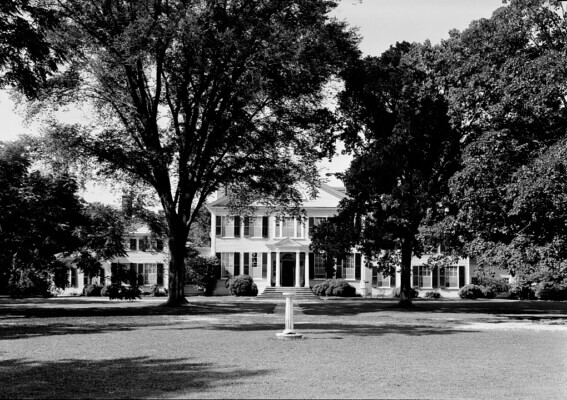
He would only see his mother, who lived on a plantation 12 miles away, occasionally as a child. She died before he turned 7.
At that time, he was already separated from his grandparents and had been moved to the Wye House Plantation, also in Maryland.
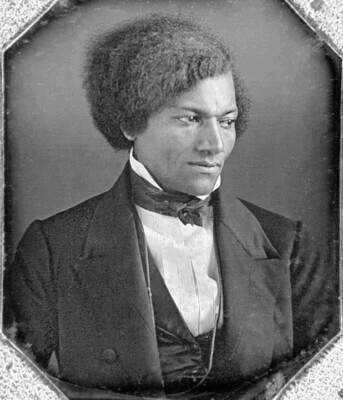
Throughout his young life, Douglass was an avid learner, at one point teaching himself to read and write.
Perhaps it was an innate skill for Douglass who once said that his mother, even though she was a slave, was also literate.
By clicking on the Amazon links below, I may earn a small commission from the Amazon Associates Program. However, you will not incur any additional costs by doing so.
Before freedom, Douglass experienced suffering like many other slaves in the United States at the time. One owner beat Douglass so regularly that his wounds barely had time to heal.
Douglass later wrote about the experience in his autobiography, “My Bondage and My Freedom.”
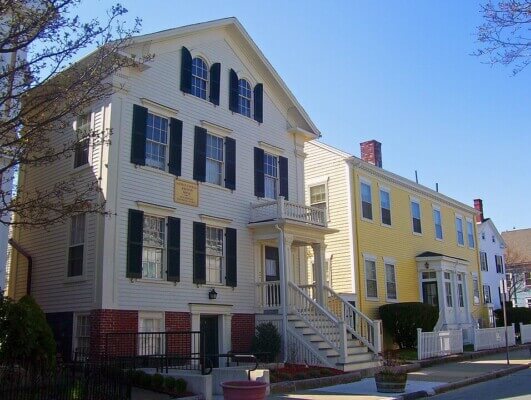
On Sept. 3, 1838, Douglass escaped bondage by boarding a northbound train from Baltimore to freedom.
His first wife, Anna Murray, provided Douglass with the financial means to run away. He arrived in New York City less than 24 hours later, marrying Murray on Sept. 15th.
They would later settle in New Bedford, Mass.
Arrival in Ireland
Ireland was Douglass’s first official stop on his international tour, even though he sailed from the U.S. to Liverpool, then took a boat across the Irish Sea to Dublin.
Douglass was relieved by the freedom he felt while in Ireland, very different from the racial discrimination he had left in his native country.
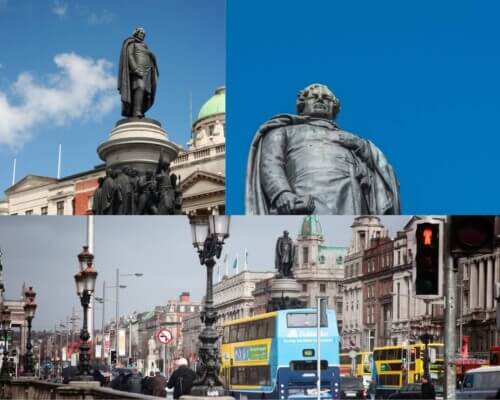
Douglass wrote, “Instead of the bright, blue sky of America, I am covered with the soft, grey fog of the Emerald Isle [Ireland]. I breathe, and lo! the chattel [slave] becomes a man. I gaze around in vain for one who will question my equal humanity, claim me as his slave, or offer me an insult. I employ a cab—I am seated beside white people—I reach the hotel—I enter the same door—I am shown into the same parlour—I dine at the same table—and no one is offended … I find myself regarded and treated at every turn with the kindness and deference paid to white people.”
By clicking on the Amazon links below, I may earn a small commission from the Amazon Associates Program. However, you will not incur any additional costs by doing so.
Giant’s Causeway: Frederick Douglass’s Irish Odyssey and the
Making of an American Visionary
While in Ireland, Douglass experienced for the first time in his life a real sense of freedom, having the ability to finally find his true voice as an international human rights champion.
Throughout his journey, Douglass was, for the most part, welcomed by all classes. He was horrified, however, by the poverty and plight of the ordinary Irish person.
There are several remembrances of Douglass’s visit to Ireland in the form of historical plaques, such as those on the Imperial Hotel in Cork City and on the façade of Waterford City Hall.
In addition, a portrait of Douglass hangs in the lord mayor’s parlor in Belfast.
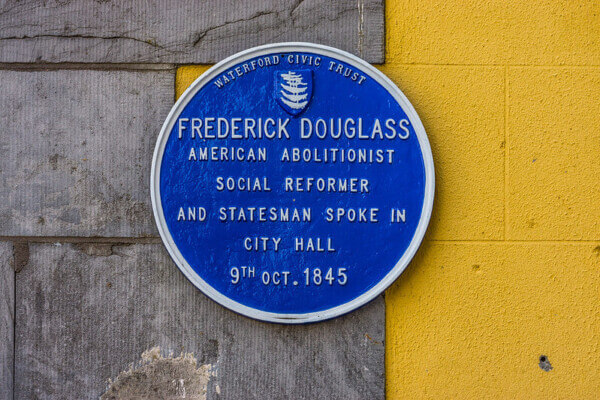
Are you interested in Irish history? If so, let me know in the comments below.

